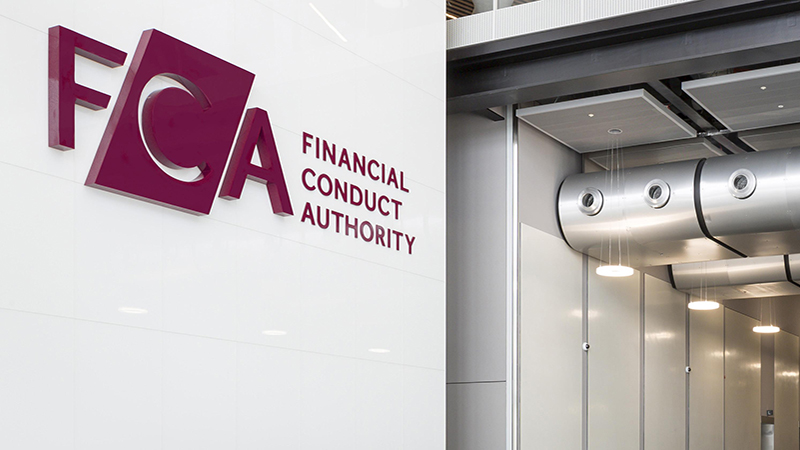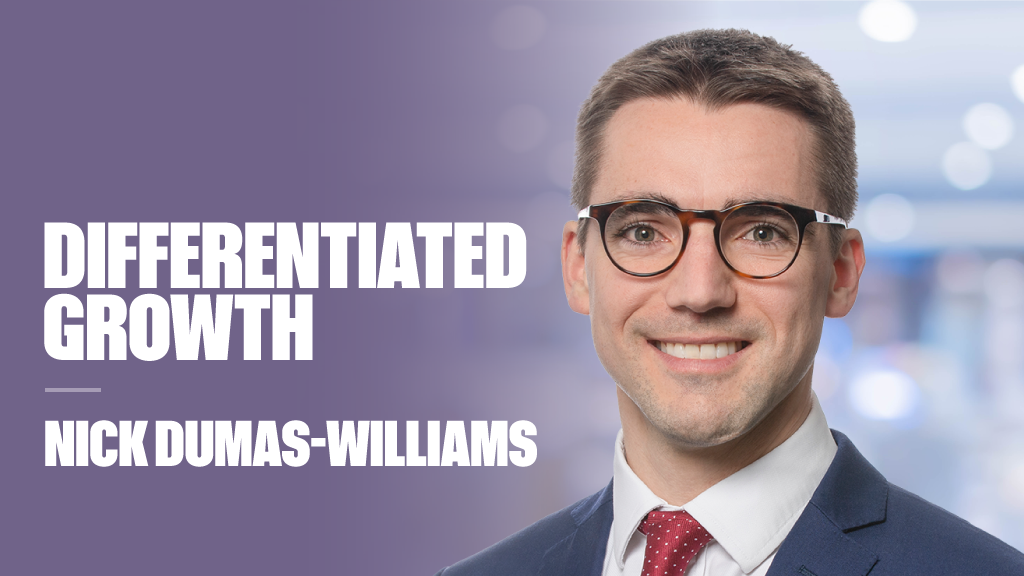The energy transition is unquestionably one of the mega-trends of the age, but investors looking to participate have a dilemma. They can pick one of the many ‘clean energy’ options, but these have proved volatile, and also neglect the extent to which fossil fuels will continue to play a role in energy generation in the near term.
However, focusing on ‘old energy’ options seems a backward-looking approach, and may fall foul of increasing regulatory pressures.
The BlackRock Energy and Resources Income investment trust aims to bridge this gap, investing across the entire spectrum of energy generation. At any one time, the portfolio will include traditional fossil fuel companies, renewable energy and supply chain providers, and mining companies.
The trust started life in 2005 as the Commodities Income Investment trust, launched by the then-Merrill Lynch commodities team. It was inaugurated amid the commodities supercycle, a once-in-a-generation bull run for commodities prices fuelled by the industrialisation of China and India. It initially targeted an income of 4.25%, but also significant capital growth.
See also: More rigorous ESG fund classification necessary as uncertainty remains
Investors may be familiar with the rest of the story. China’s growth slowed, the supercycle ebbed and mining companies struggled to shake off the legacy of excessive capital spending. The Commodities Income trust continued to invest in mining and conventional energy until June 2020, when it became increasingly clear that a change of strategy was needed.
Portfolio manager Tom Holl says: “The trust had a focus on income, but also growth because of the supercycle. As that supercycle matured, the trust became a lot more focused on just the income element. Both the mining and conventional energy sectors were less ‘growth’ and more ‘value’.
“When we and the board reflected on the trust, we came up with two challenges to address. The first was structural growth – mining and conventional energy are not areas of structural growth. China is still the world’s largest consumer of most commodities and the growth rate has clearly slowed. On the conventional energy side, oil demand grows at around 1% per year. You might fund sub-sectors within it, but it’s lower than the wider market.
“So we thought, how can we introduce a growthier element?”
Introducing sustainable energy was the obvious choice. This was also made possible by the growing maturity of the sector. When the trust was first launched, sustainable energy companies were still niche, technology was in a breakthrough stage and very reliant on subsidies.
See also: 94% of investors consider defence stocks ESG friendly
Holl adds: “Companies were immature, small-cap and unprofitable. But those same companies had now grown up. While there were still venture-stage businesses and new technology, there were also very established companies.
“The breadth of what was defined as ‘energy’ had really changed. We wanted to introduce the energy transition into the portfolio to really capture that broader definition.” The trust set a neutral weighting of 30%.
Read the rest of this article in the September issue of Portfolio Adviser magazine











